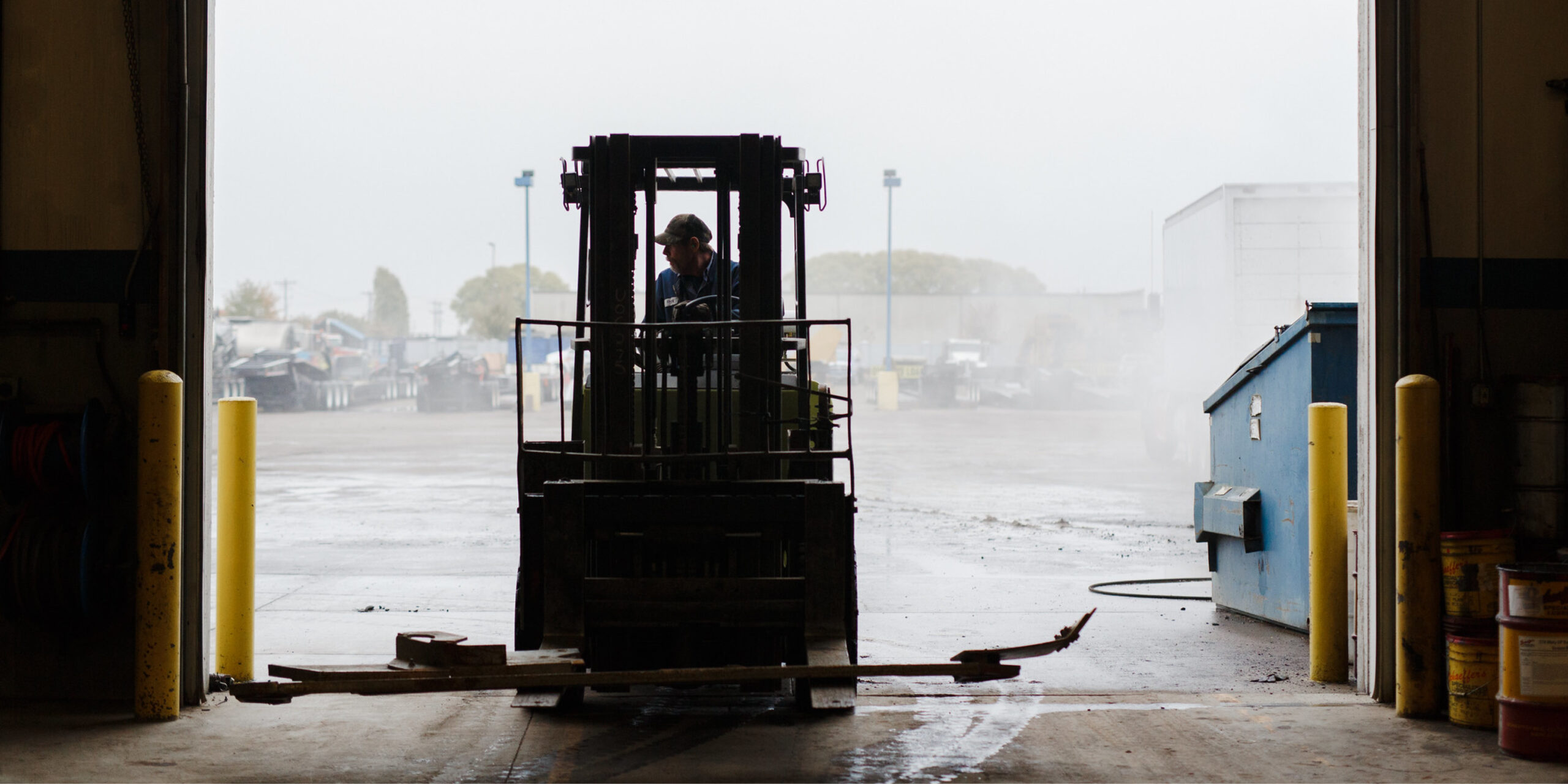Best Practices in Equipment Operation: Lessons from the Logging Industry
This article was originally published under the title “Safety Pays: Owner Manuals” in the Minnesota Timber Producer Association‘s Timber Bulletin Newsletter.
By John Saccoman, Loss Control Consultant, Choice Insurance
Confidence in one’s ability is crucially important when operating a half-million-dollar piece of logging equipment.
But certainly, along with that confidence must also be the knowledge and training on how to safely operate that equipment. Not only is it important, but the Occupational Safety and Health Administration (OSHA) has standards that outline it as a requirement.
Training on any piece of equipment that an employee is operating is required, according to the OSHA Code of Federal Regulations. Knowing the operator’s manual for that equipment is required too.
And the old saying is that if that training and employee knowledge of the operator’s manual isn’t documented somewhere, it doesn’t exist.
Rod Enberg of Enberg Logging, LLC, out of Motley, MN, has been around the logging game for years. He knows too well the importance of such training and knowledge.
“You really have to have documentation that the employee has read and understood the operator’s manual,” Enberg said. “And that comes back to the rest of
your equipment too. What about the guy in the skidder and the guy in the log loader and the guy in the faller and so forth?”
Enberg said it’s been his experience when dealing with a Minnesota OSHA audit that it will be the first question out of an investigator’s mouth.
“Was your operator aware and informed and did he understand the operator’s manual,” he said. Enberg said it doesn’t matter if it is your equipment, rented equipment, or borrowed equipment. An employee must understand the intricacies of any equipment he/she is operating.
“You may be used to running an excavator, but is it our excavator?” Enberg said. “Our logging community has to be very well aware of the fact that it is extremely important that your employees and operators understand the operator’s manuals that come along with the equipment.”
“If everything else seems to be okay,” Enberg said of OSHA. “Chances are you may not be fined. But the first place they’re going to look is knowing that operator’s manual.”
According to the Code of Federal Regulations CFR 1910.266(i) Logging Operations employee training standard, an employer must provide training for its employees “as soon as possible for each current and new employee.”
That includes understanding and following “the manufacturer’s operating and maintenance instructions, warning and precautions.”
In addition, also according to the CFR 1920.266 logging standard, an employee is required to have training on the piece of equipment in use “whenever the employee is assigned new work tasks, tools, equipment machines or vehicles.” So just because an operator is proficient on a skidder, it doesn’t mean the same can be assumed for a log loader, etc.
Finally, under the standard, If an operator is observed performing unsafely, training to correct unsafe actions must again be implemented. A new operator “shall work under the close supervision of a designated person until the employee demonstrates to the employer the ability to safely perform their new duties independently.”
Fortunately, most logging company owners will not turn a green employee loose on a $500K piece of equipment until confident he/she knows how to operate the machine.
The good news, according to the logging standard, is that once the training is completed, all things being equal, and the operator is proficient on the equipment he/ she is operating, retraining is not necessary.
As an employer, Enberg said you can’t just assume that because an operator has experience at some other company before coming to you, he/she knows your equipment.
“A lot of folks take for granted when you hire somebody who has gone from logger to logger or contractor to contractor, that they know what they’re doing,” he said.
It’s also important logging company employees only use equipment on which they’ve been trained. Requests from landowners to use their equipment, for example, should be denied. Such practices can lead to OSHA fines. Enberg said his advice is to only use equipment built for the job and that has been cleared from those in charge. It avoids using potentially bad machines and ones on which employees haven’t received safety training. Enberg said the end goal for crews in the woods is to count on each other and always to come home safely.
Enberg did credit the Minnesota Logger Education Program (MLEP) and MN OSHA training the loggers receive annually in helping to keep them safe.
“They’ll have a break-out session with someone from John Deere or Tigercat presents a class where they say this is our basic operator’s manual. This is the importance of reading it and trying to understand it to the best of your ability. At least then they can get an idea that it’s pretty important.”
Enberg recalled a time when he himself was in a Bobcat machine and the motor failed with the boom arms up in the air. The door to get out was blocked and prevented Enberg from exiting the equipment.
“I couldn’t get out of the goll-darn thing,” he said. “I thought, what the heck do I do now?”
Enberg said he pulled out the operator’s manual and it explained what to do in just such a situation he found himself.
“There’s a button on the floor that if you pull it, the arms come down. And they did,” Enberg said. “If I would have read that, I wouldn’t have had a problem.”
But in the event of an emergency, such as a fire, time is crucial. An operator might not have time to reach for an operator’s manual. In that instance, Enberg wondered out loud if an operator would have the knowledge and maybe just as important, the composure to get out.
“It could be a very, very serious situation,” he said.
At the end of the day, learning the ins and outs of the equipment and how to operate it in the best way possible does keep people safe. And Enberg would probably shout it from the highest hill if he thought it would help.
“How do you transfer that information to our logging community?” Enberg asked. “It’s really up to us.”
Choice Insurance is the largest independent agency writer of wood products companies in the region and also one of the largest nationally, with more than 500 forest products companies insured. Our insurance services have been specifically designed for your industry and many programs are exclusive to Choice Insurance. Learn more here.



